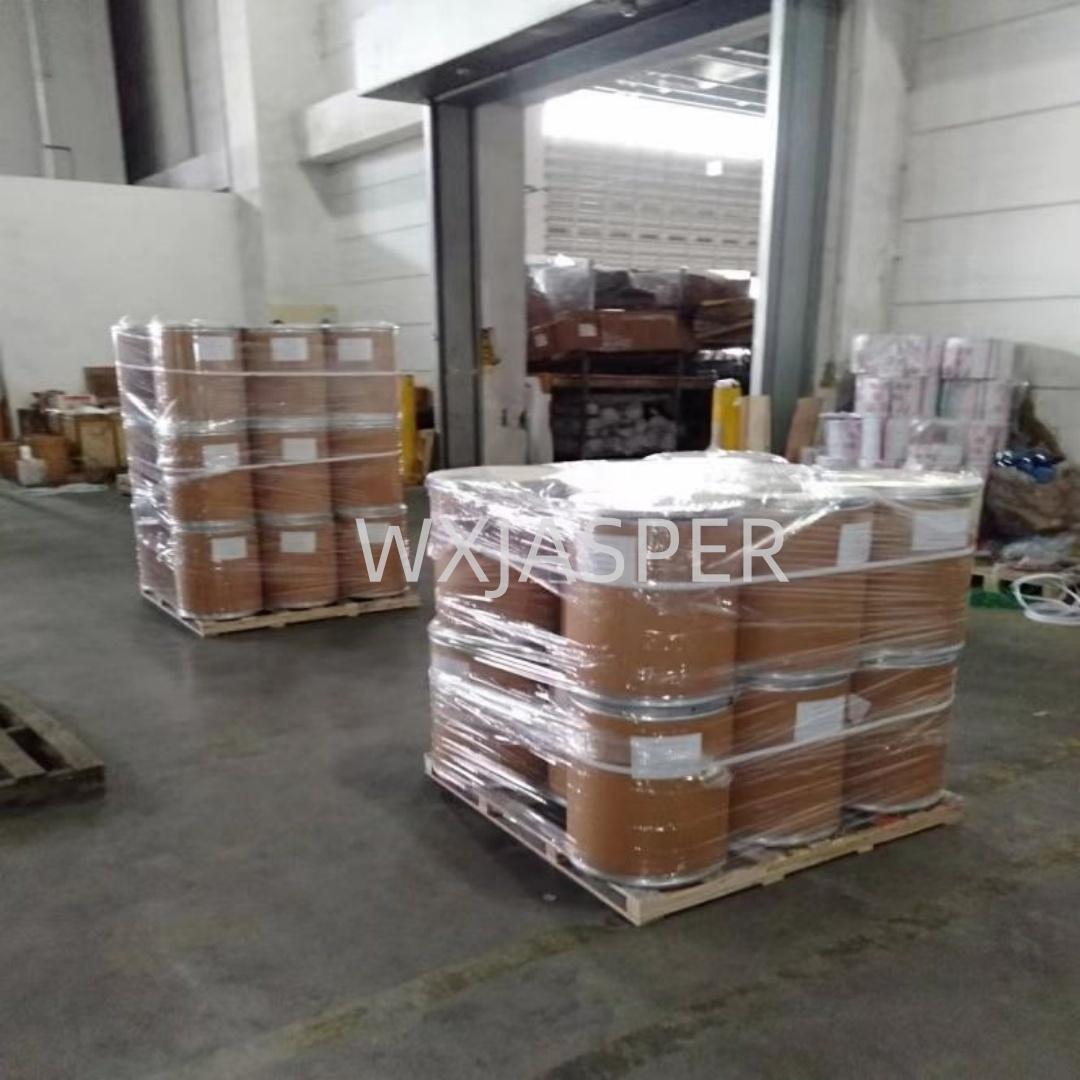Your Location:Home > Products > Solvents > N-Bromosuccinimide



CasNo: 128-08-5
MF: C4H4BrNO2
Appearance: White to off-white crystal
Delivery Time: 15 days
Packing: 25kg/drum
Purity: 99%
Basic Information
|
Model NO. |
128-08-5 |
Appearance |
Powder |
|
Color |
White |
Purity |
99% |
|
Sample |
Available |
Specification |
25kg/bag |
|
Grade Standard |
Industrial Grade |
Origin |
China |
|
Transport Package |
Bag |
|
|
Product Description
Product Name:N-Bromosuccinimide
CAS No: 128-08-5
Molecular formula :C4H4BrNO2
Form: Powder
Product Application
N-Bromosuccinimide (NBS) has wide uses in organic synthesis and is an important intermediate for the synthesis of fine chemicals such as drugs, pesticides, and fragrances.
It is a common mtterial in allylic bromination reactions.People use it to prepare brominated fatty acids, brominated ketones, and other compounds, providing basic raw materials for the further synthesis of complex organic compounds.
Packaging
25Kg/bag
Storage
NBS should be stored in a cool, dry, and well - ventilated area. It is sensitive to moisture, so it must be kept away from sources of humidity. Sealed containers are recommended to prevent exposure to air and moisture. The ideal storage temperature is between 2 - 8 °C.